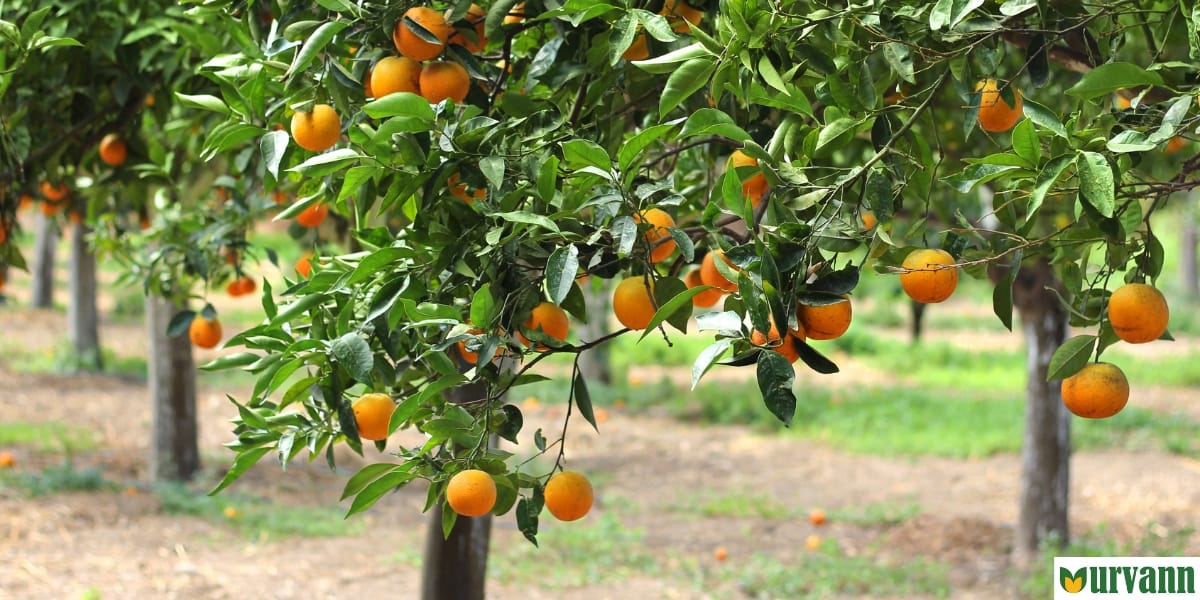In the world of flora, few plants captivate the senses quite like the orange plant. Known for its vibrant fruits, aromatic blossoms, and a plethora of health benefits, the orange plant stands as a symbol of beauty and wellness. In this blog, we'll delve into the allure of the orange plant, exploring its aesthetic appeal, nutritional value, and the myriad ways it contributes to our well-being.
Aesthetic Marvel
The orange plant, scientifically classified as Citrus sinensis, is a sight to behold. Its glossy, evergreen leaves provide a lush backdrop for the main event – the oranges themselves. The fruits, with their warm, citrus hue, add a burst of colour to any landscape. Whether in a backyard garden, a sprawling orchard, or even a potted plant on a windowsill, the orange plant brings an undeniable charm.
One cannot ignore the intoxicating fragrance of the orange blossoms. These fragrant flowers not only contribute to the plant's overall appeal but are also used in the perfume industry. The sweet, floral scent is known to uplift moods and create a pleasant atmosphere, making the orange plant a favourite for aromatherapy enthusiasts.
Nutritional Bounty
Beyond its visual and olfactory allure, the orange plant offers a treasure trove of nutritional benefits. The most obvious contribution comes from its fruits – oranges. Packed with vitamin C, oranges are renowned for their immune-boosting properties. A single orange can provide a significant portion of your daily vitamin C requirement, aiding in the body's defence against infections and promoting overall health.
In addition to vitamin C, oranges contain other essential nutrients such as fibre, potassium, and antioxidants. The fibre content supports digestive health, while potassium helps regulate blood pressure. Antioxidants, like flavonoids, play a crucial role in reducing inflammation and preventing oxidative stress, contributing to the plant's overall health profile.
Versatility in Culinary Delights
The orange plant's fruits aren't just nutritious; they also add a burst of flavour to a wide array of culinary creations. From freshly squeezed orange juice to zesty orange marmalade, the versatility of this fruit extends to both sweet and savoury dishes. Oranges can be sliced into salads, or incorporated into desserts, showcasing the plant's ability to enhance the gastronomic experience.
Beyond the fruits, orange zest – the outer peel – is a prized culinary ingredient. Rich in essential oils, the zest imparts a citrusy aroma and flavour to dishes. It finds its way into baked goods, sauces, and even beverages, highlighting the plant's capacity to elevate the sensory appeal of various recipes.
Environmental Contributions
The orange plant's benefits extend beyond individual health to environmental well-being. As evergreen trees, orange plants contribute to carbon sequestration, aiding in the reduction of greenhouse gases. Their presence in orchards also supports biodiversity by providing habitats for various insects, birds, and other wildlife.
Furthermore, orange plants play a pivotal role in sustainable agriculture. The cultivation of oranges as a cash crop provides economic opportunities for farmers and supports rural communities. The global demand for oranges ensures the perpetuation of these agricultural practices, fostering socio-economic stability in regions where orange cultivation is prevalent.
Conclusion
In the grand tapestry of nature, the orange plant emerges as a radiant thread, weaving together beauty, nutrition, and well-being. From the allure of its vibrant fruits and fragrant blossoms to its rich nutritional content and versatile culinary applications, the orange plant stands as a testament to the harmonious interplay between aesthetics and utility. As we savour the delightful taste of oranges and bask in the soothing aroma of orange blossoms, let us not only celebrate the plant's inherent charm but also acknowledge the manifold ways it contributes to our health and the health of our planet.


0 Comment